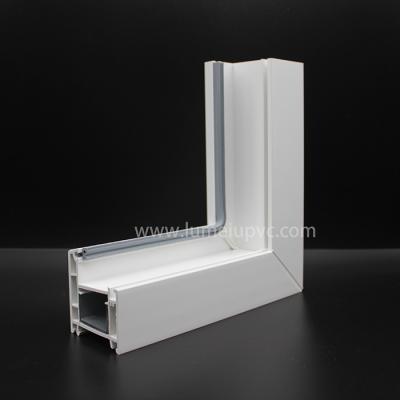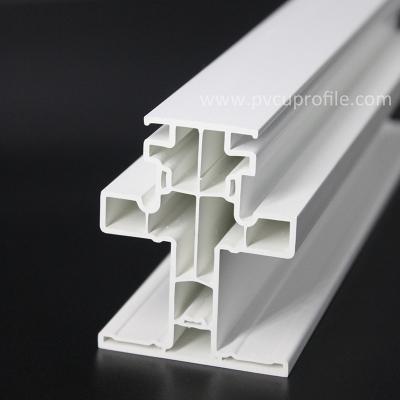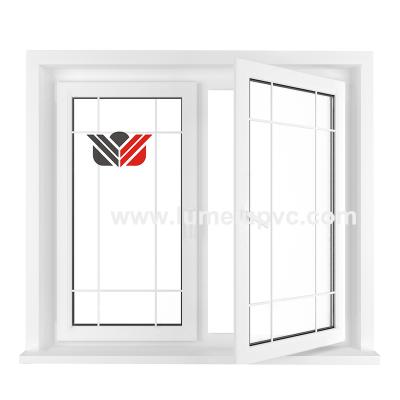Replacement Cycle of uPVC Windows: Influencing Factors and Recommendations
The replacement cycle of uPVC windows can vary due to several factors, including the quality of the windows, the environment in which they are used, and the level of maintenance they receive. Typically, uPVC windows have a lifespan of around 10 to 20 years. However, the exact replacement time should be considered based on the following factors:
1.Window Quality
High-quality uPVC windows are made from superior materials and advanced manufacturing processes, which result in a longer lifespan. In contrast, lower-quality uPVC windows may quickly exhibit signs of aging and deformation, necessitating earlier replacement.
2.Usage Environment
The environment in which uPVC windows are installed significantly impacts their lifespan. For example, windows that are constantly exposed to sunlight, wind, and rain are more prone to aging and deformation. Therefore, uPVC windows installed in harsh environments may require more frequent replacement.
3.Maintenance
Proper maintenance can significantly extend the lifespan of uPVC windows. Regularly cleaning the window surfaces, checking and repairing loose or damaged hardware, and promptly replacing aging seals are all effective measures to slow down the aging process. On the other hand, windows that are neglected and not well-maintained will experience accelerated aging and deformation, thus shortening their lifespan.
4.Conclusion and Recommendations
The specific replacement cycle of uPVC windows should be determined based on the actual conditions. If you notice signs of aging, deformation, or poor sealing in your windows, it is advisable to contact a professional for repair or replacement. Moreover, regular and proper maintenance is crucial for extending the lifespan of uPVC windows.
Related Products
Submitted successfully
We will contact you as soon as possible




